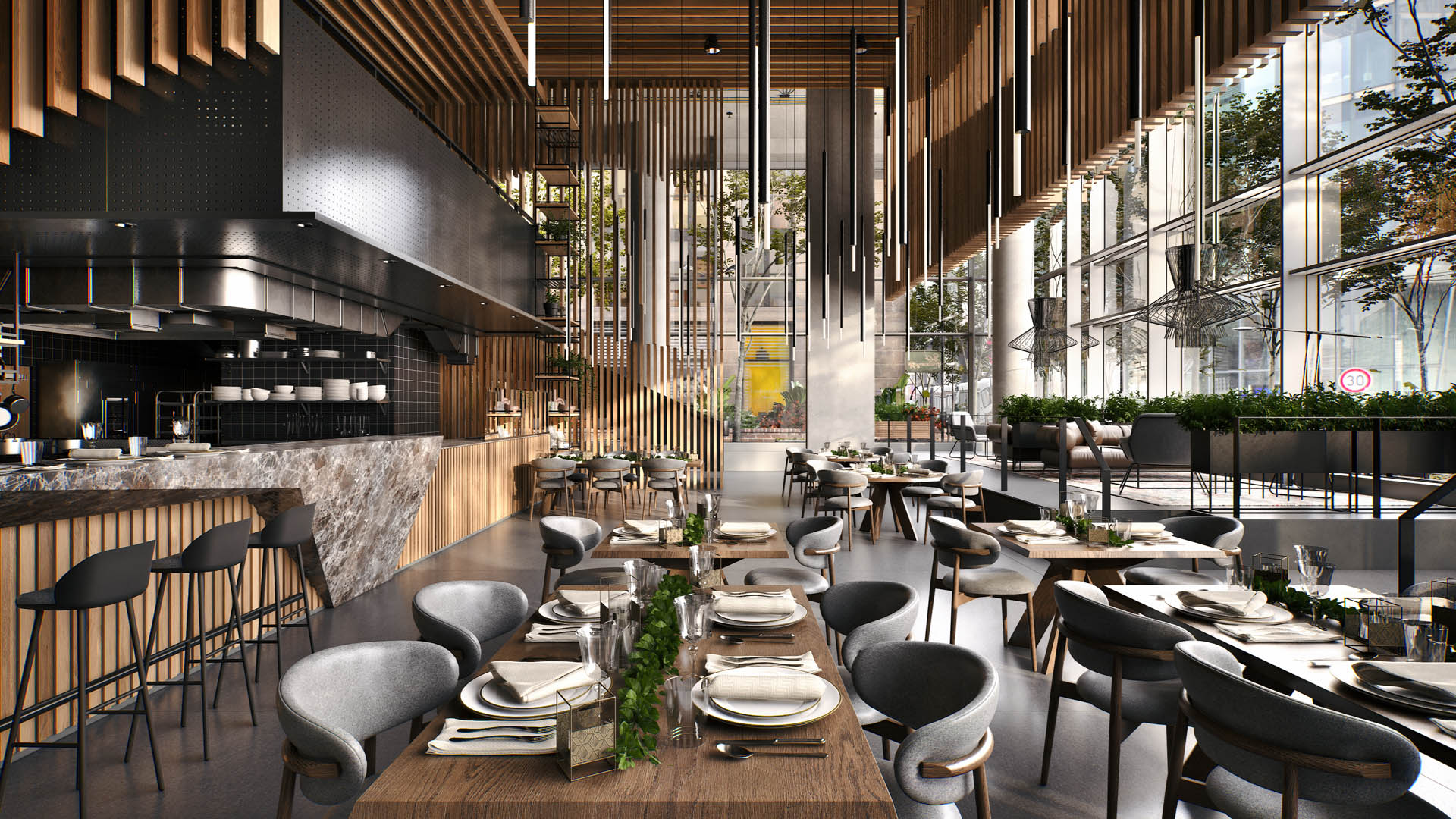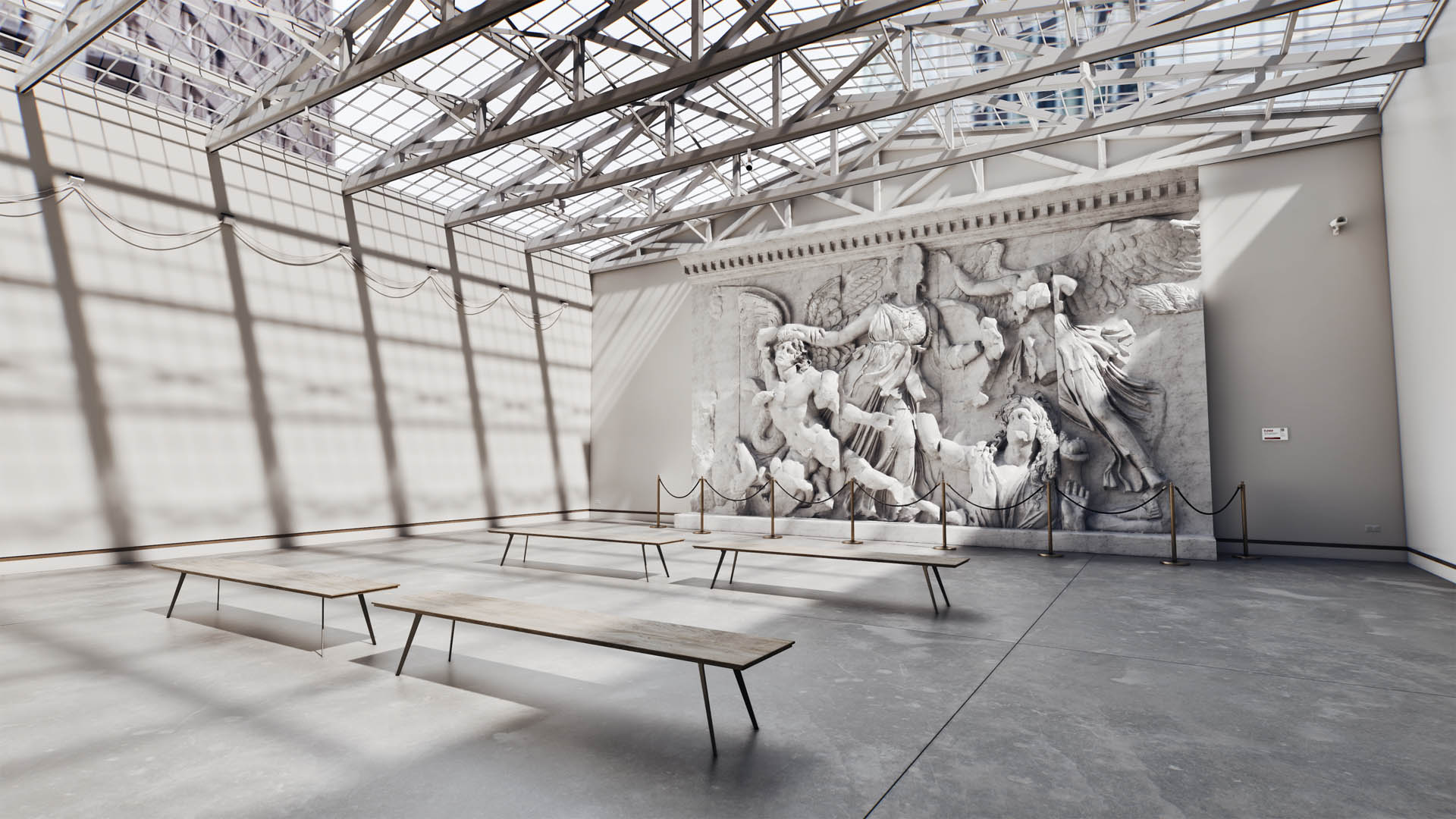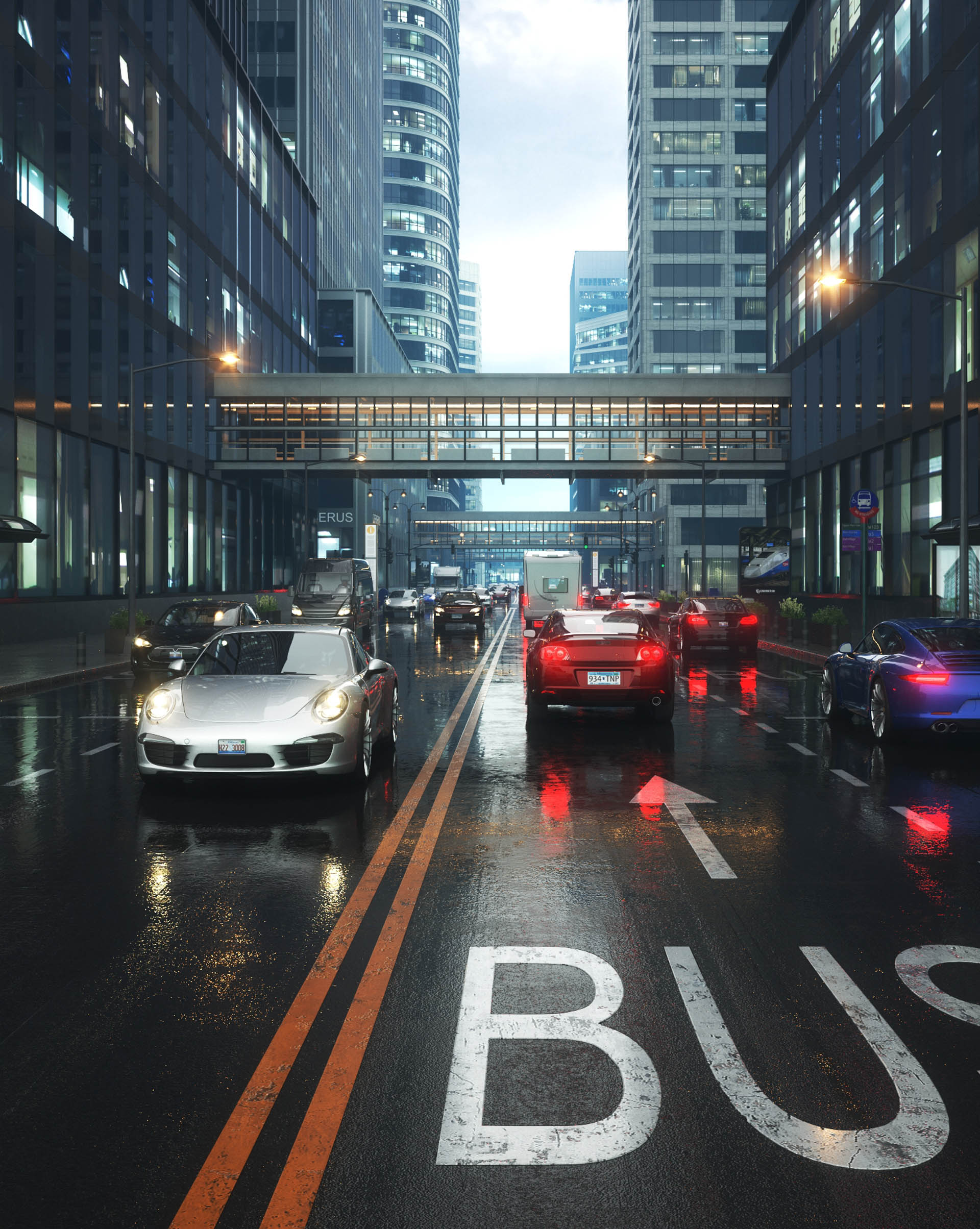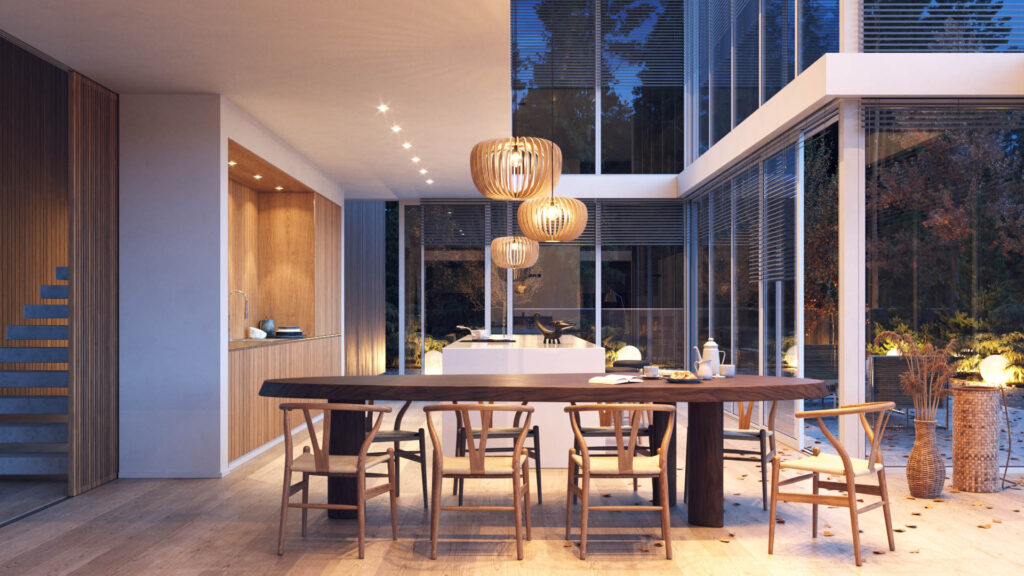Evermotion, based in Poland, has a long history in architectural visualisation, delivering a huge and ever-expanding library of models and scenes (collections), along with complete projects. The company uses a wide range of tools, including the classic combination of 3ds Max and V-Ray and, more recently, Unreal Engine 5 lit with Lumen
Evermotion uses a variety of platforms for architectural visualisation — 3ds Max, Unreal Engine, Cinema 4D and Blender. Projects are approached in a modular way, so they are not limited to a single software package.
More recently, the company has started using Lumen, the advanced dynamic global illumination and reflections system for Unreal Engine 5. This has made it much easier and faster for Evermotion’s artists to create collections in Unreal Engine 5.
“The lack of the need to bake lighting is a great plus,” says Evermotion’s Michal Franczak. “With each subsequent version of Unreal Engine 5, Lumen is becoming more and more refined and we are getting closer to the quality of offline renderers in our latest products.
“Of course, not every 3D branch is using this system,” he adds. “For example, the broadcasting and virtual studios industry needs extremely optimised scenes and the absence of any artifacts during live broadcasts, in these projects we still use baked lighting.”
We ask Franczak if Evermotion ever uses V-Ray for Unreal Engine? “We don’t,” he replies, “most of our products go to customers who use Lumen and baked lighting. In addition, Unreal Engine 5 has a very efficient path-tracer, which is perfectly integrated and developed from version to version, so if there is a need to increase the quality even further, it can be turned on immediately, without the need for additional installations.”




Main image: Glass house interior modelled in 3ds Max and rendered in V-Ray






